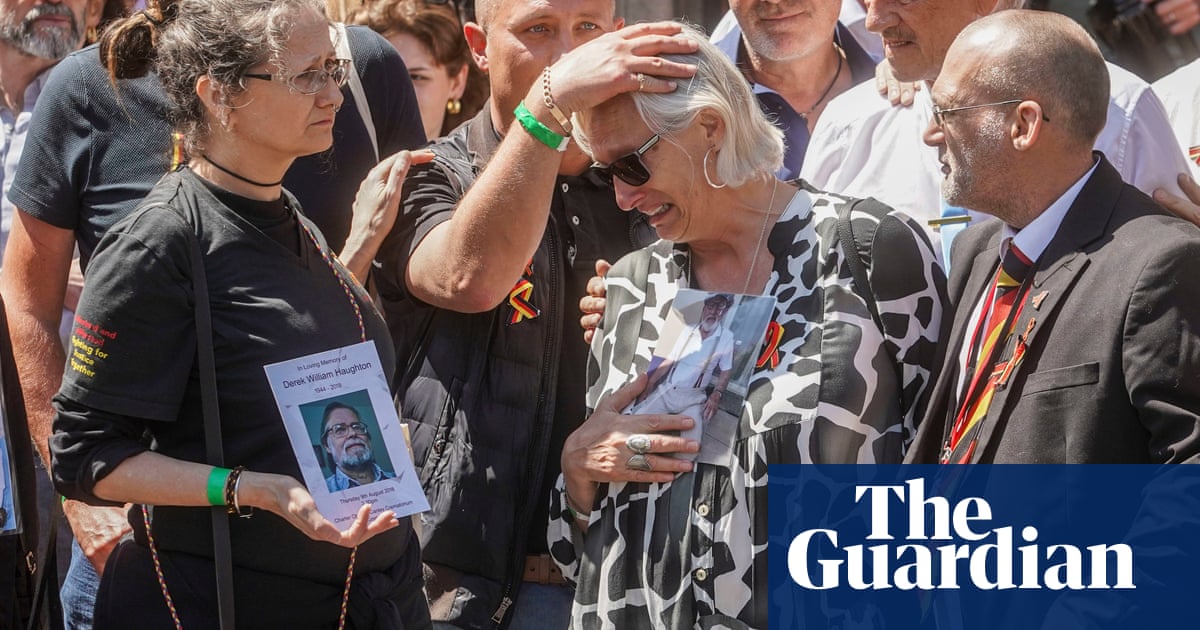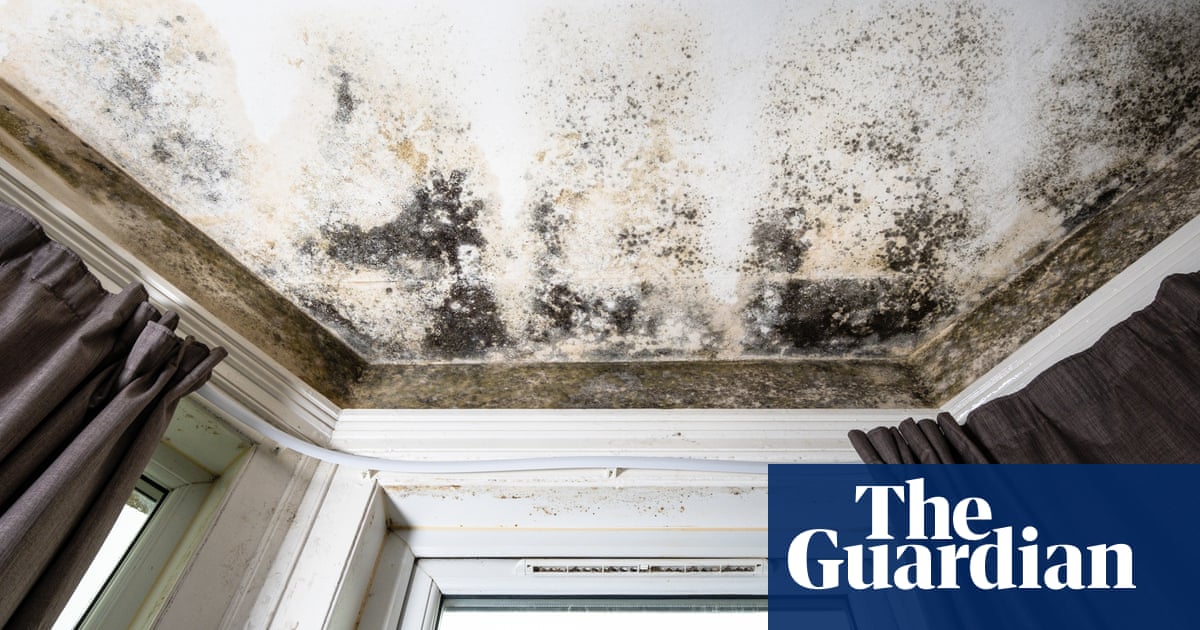
On Thursday the Australian government announced the homebuilder stimulus scheme, offering $25,000 grants for new homes or substantial renovations.
But just who is eligible for the cash and what are the strings attached?
Who qualifies?
To be eligible, you must:
Be a current or prospective owner-occupier – not an investor
Be a natural person, not a company or trust
Be an Australian citizen
Earn $125,000 or less a year for singles or less than $200,000 a year for couples (based on your last tax return, which cannot be earlier than 2018/19)
For context, a single person earning $125,000 is in the top income decile, meaning they earn more than 90% of other Australians.
The income caps are the same that applied to the first home deposit scheme, although the average income of applicants to that program was $67,387 for singles and $109,525 for couples.
How long have I got?
To qualify, participants must enter into a building contract between 4 June and 31 December 2020. Construction must be contracted to commence within three months of the contract date.
What can I spend it on?
Grants must be spent to:
Build a new home as a principal place of residence valued at up to $750,000 (including land); or
Substantially renovate an existing home as a principal place of residence, with renovations valued at between $150,000 and $750,000 and the dwelling not valued at more than $1.5m before the renovation.
Even the cheapest renovation eligible for the scheme ($150,000) would require a grant recipient to spend at least $125,000 of their own money – meaning the scheme is most likely to be accessed by those with substantial savings or a willingness to borrow.
The renovation can be a combination of works (eg, a kitchen and bathroom renovation) but must be supervised by a registered or licensed builder.
On Thursday, prime minister Scott Morrison noted the “average price” for building a new home is $350,000, which suggests houses roughly double the average will be eligible.
The Housing Industry Association estimates at least 14,000 renovations costing over $150,000 are undertaken every year.
We asked readers what $150,000 buys when renovating a house – the most common responses were adding a new storey or an extension adding several new rooms, although some noted extensive internal renovations including structural work moving walls may fit the bill.
Are there any exclusions?
Homebuilder grants cannot be for used for additions to the property that are not connected to the principle place of residence, such as swimming pools, tennis courts, outdoor spas and saunas, nor detached structures such as sheds, garages or granny flats.
Renovations or building work must be undertaken by a building service contractor registered or licensed at the time the scheme was announced.
How much will it cost the taxpayer?
Homebuilder is expected to cost $688m although it is an uncapped and demand-driven program, meaning it may cost more or less than that depending how many people are eligible and who puts their hand up for the money.
The cost of $688m implies that some 27,520 grants of $25,000 will be made.
Are there any checks against rorting?
The revenue offices of each state and territory will implement the scheme and check for potential fraud.
The purchaser can require the builder to demonstrate that the contract price for the work is no more than for a comparable product (measured by quality, location and size) as at 1 July 2019.
Can I use homebuilder in conjunction with other schemes?
Yes. Homebuilder can be used in conjunction with state and territory first home owner grant programs, stamp duty concessions and other grant schemes, as well as the commonwealth’s first home loan deposit scheme and first home super saver scheme.
Why is the commonwealth offering the scheme?
Wednesday’s March quarter national accounts showed dwelling investment in Australia fell 2.9% in the quarter and by more than 15% over the past 12 months.
The contraction is expected to be worse in the June quarter and construction lobby groups predict new dwelling commencements will decline by 50% by the end of 2020.
The government believes there is a shortfall of 30,000 new dwelling commencements in the second half of 2020.
What about social housing?
When asked about social housing on Thursday, the treasurer, Josh Frydenberg, pointed to existing policies on social housing, including a $1bn national housing infrastructure facility.
“That means there are loans out there that are significantly support more than 1,000 new dwellings as well as nearly 4,000 social and affordable dwellings,” he told Radio National.
Frydenberg said social housing was a “combined responsibility with the states” and noted the Victorian government’s $500m package to upgrade 23,000 social housing dwellings.
What have Labor and the Greens said?
Labor’s leader, Anthony Albanese, has said the program is “very restrictive” because it is means-tested, contracts must be signed this year and many projects – such as pools – are excluded.
Albanese argued the program was “not particularly well targeted” because “most people don’t have $150,000 in the current climate”.
“There’s nothing in this package for social housing, nothing to provide affordable housing for essential workers, this is a very narrow package,” he told Radio National Breakfast.
Albanese said Labor’s disposition was to support programs that stimulate the economy but it “looks to be a very flawed proposal at first glance”.
Greens leader, Adam Bandt, said: “Public money should be used to create construction jobs and tackle homelessness by building public housing, not to lift house values for people who can already afford large renovations.”











